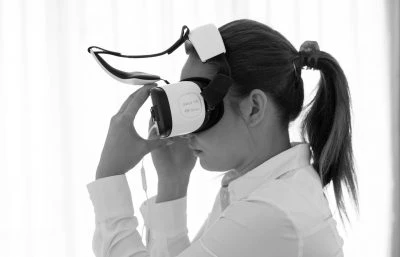What are the 3 types of virtual reality

Virtual reality is a technology that has had quite a long development, and also has many opportunities for growth in the coming years. The popularity of VR is so high that it may become indispensable in the future, which is why it is important to know what virtual reality is.
If we determine what are the 3 types of virtual reality, we can understand how it will affect the development of society in the future and whether new opportunities will arise for people.
For several decades there has been talk about how virtual reality will increase in popularity, but now it is a more important, broader and more diverse topic. The level of immersion that virtual reality gives us is becoming even more advanced, as devices and different types of headsets are becoming more and more modern and advanced, allowing us to achieve a better virtual reality experience.
Thanks to the high level of progress and the scale of technology we have now, VR is becoming even more prevalent and this level is gradually increasing, which will be the case over the next few decades. Virtual reality represents the technology as one of the most outstanding achievements in recent years, with a special focus on the concept itself, as well as the usability in various areas and the possibilities offered in terms of entertainment.
Virtual reality is presented as a simulated environment in which immersive technology, together with audio-visual material created specifically in 360 format, allows the user's brain to be fooled in some way into believing that they are in a different place. Depending on the quality of the virtual reality headset sensors and the quality of the audio content being projected, the experience can be as less or more immersive.
Types of Virtual Reality:
- Immersive virtual reality usually involves a three-dimensional computer-generated environment. It is possible to manipulate such an environment with devices such as helmets, gloves, and others that capture the position and rotation of various parts of the human body. This type of simulation can provide the most realistic user experience.
- Non-immersive virtual reality is also accomplished using computer technology, standard high-resolution monitors.
- It is possible to partially, but not completely immerse yourself in a virtual environment with semi-immersive simulation, which works with high-performance computer graphics systems. These can be projector systems, with a large screen or multiple TV projection systems to create a proper simulation of the user image.

